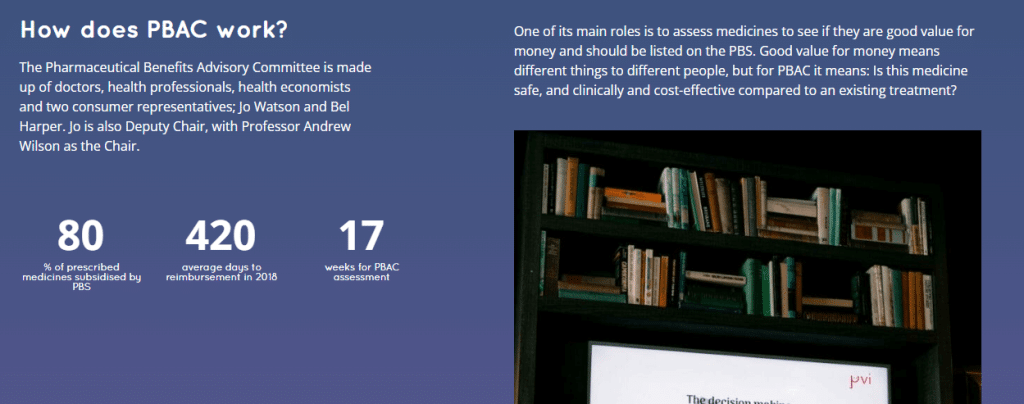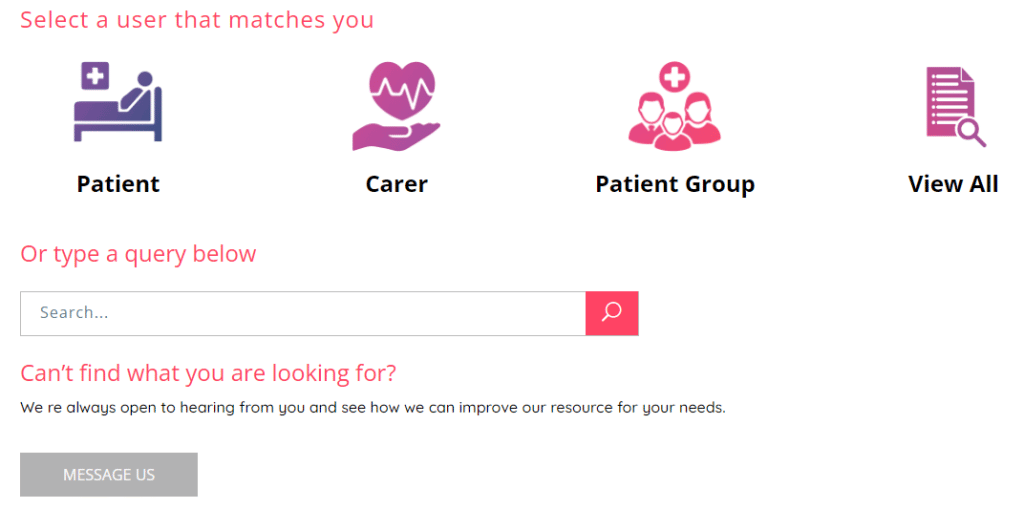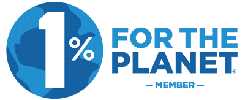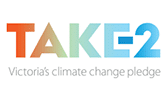Australians rely on a strong and well-connected healthcare system. A key part of that is the role and involvement of the patient voice with regard to how their illness impacts their lives.
However, this important patient experience can be missed when it comes to deciding on which health technology or medicines are under consideration for funding or support by government supported bodies like the Pharmaceutical Benefits Advisory Committee (PBAC).
Patient Voice Initiative (PVI) is a collaboration between patients, researchers and industry. The organisation works to improve the patient voice in the Australian healthcare system by providing patient communities with tools and resources to enable PBAC to learn about the value of health technologies to patients.

PVI does this by engaging and empowering patients, carers and healthcare professionals to be part of the conversation and decision-making processes.
Challenge
- Patient Voice Initiative wanted to reach more people across Australia that have an interest in upcoming PBAC agendas to support submissions for medicines and health technology assessments.
- Previously the organisation relied on word of mouth and in-person workshops, but this limited its reach in audience.
- The current website was not set up for paid advertising campaigns.
Solution
We worked with PVI on creating a new campaign landing page that informed users about how medicines are listed and or potentially funded in the Australian healthcare system.
To ensure that we could measure the different types of people coming to the landing page, we developed a survey using the email marketing opt-in form to ask which user type the person most connected towards e.g. a patient, patient group or carer. We then tagged up key parts of the page to better view how people interacted with key components of the content.

Our campaign landing pages tested different elements over time including imagery vs. illustration which had fewer differences in engagement than we predicted.
We also updated the resource library (pictured above0 with key categories to match and understand user intent.
Using Google Ads to reach a wider patient audience
After creating the campaign landing page, we then tested this with the current website experience on Google Ads.
Due to the strict rules for medicine and healthcare terms in digital advertising, we had to be clever in which ways we talked about the messages and steered clear of specific pharmaceutical terms that would decrease our reach and campaign effectiveness.
By taking a phased approach over four different periods that PBAC would accept submissions for, we were able to show our ads 25,770 times targeting specific terms and interests to improve the relevance of the audience.
We measured conversions using Google Analytics and custom event tags set up prior to the campaign.
Due to the challenges faced with reaching the right audience, we had to make several tweaks along the way, including using remarketing audiences and other channels.
Result
Overall, we met all our campaign performance goals and benchmarks for the engagement of the content. The campaign landing page experience was a clear winner and was preferred in comparison with the pre-existing site page.
We discovered that the rules around healthcare and pharmaceutical terms to be targeted can sometimes mean an ad is approved, but your reach or campaign performance is limited.
Facebook ads were also trialled along with Linkedin later on. Facebook (Meta) recently decided to remove much of the healthcare interests PVI would be able to target, meaning it is harder to reach patient groups or patients with certain healthcare interests and needs.
The challenge of being able to target specific healthcare interests or groups is likely to continue. This means it is key for PVI and similar organisations to build up their profile more widely, develop a relationship based marketing funnel and be able to retarget these audiences.
What our client had to say
“Imagine your target audience is potentially anyone. Anyone can become a patient or the carer of a patient, and when this happens you have to navigate the health system. Sometimes that will take you to a brick wall where you run into problems accessing the medicine or health technology you want.
Then you might want to get involved in how these decisions are made and share your lived experience so decision-makers know why access matters. But how would you find out what the process was or how or what to contribute? This is the challenge we gave LYF Solutions. Our Chair, Patient Advocate Jessica Bean, wanted this sort of information to be there on your phone when you google looking for solutions. LYF has helped us unpack this complex problem and finds ways of expanding our reach. Always professional and friendly, we’ve valued their expertise to find our public online and to enable our public to find us.”
– Ann Single, Patient Voice Initiative
Looking to be more strategic with your digital marketing goals?
We can certainly help, find out how on our services page.














